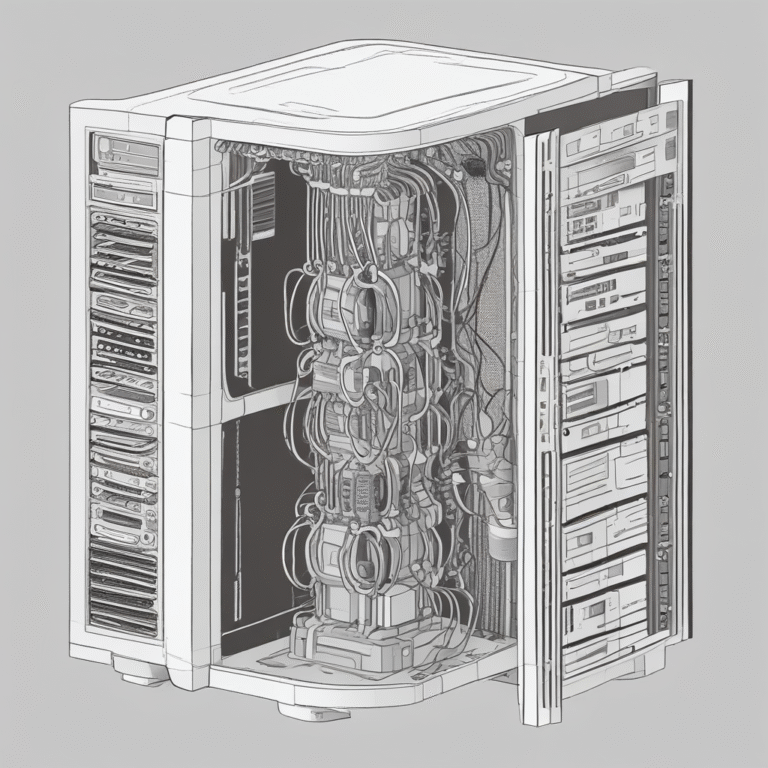Responsible AI in Action: Enhancing Generative AI Safety through Red Teaming
Generative AI is rapidly reshaping industries worldwide, empowering businesses to deliver exceptional customer experiences, streamline processes, and push innovation at an unprecedented scale. However, amidst the excitement, critical questions around the responsible use and implementation of such powerful technology have started to emerge.
Although responsible AI has been a key focus for the industry over the past decade, the increasing complexity of generative AI models brings unique challenges. Risks such as hallucinations, controllability, intellectual property breaches, and unintended harmful behaviors are real concerns that must be addressed proactively.
To harness the full potential of generative AI while reducing these risks, it’s essential to adopt mitigation techniques and controls as an integral part of the build process. Red teaming, an adversarial exploit simulation of a system used to identify vulnerabilities that might be exploited by a bad actor, is a crucial component of this effort.
Understanding Generative AI’s Security Challenges
Generative AI systems, though transformative, introduce unique security challenges that require specialized approaches to address them. These challenges manifest in two key ways: through inherent model vulnerabilities and adversarial threats.
The inherent vulnerabilities of these models include their potential of producing hallucinated responses (generating plausible but false information), their risk of generating inappropriate or harmful content, and their potential for unintended disclosure of sensitive training data.
These vulnerabilities could be exploited by adversaries through various threat vectors. Bad actors might employ techniques such as prompt injection to trick models into bypassing safety controls, intentionally altering training data to compromise model behavior, or systematically probing models to extract sensitive information embedded in their training data. For both types of vulnerabilities, red teaming is a useful mechanism to mitigate those challenges because it can help identify and measure inherent vulnerabilities through systematic testing while also simulating real-world adversarial exploits to uncover potential exploitation paths.
What is Red Teaming?
Red teaming is a methodology used to test and evaluate systems by simulating real-world adversarial conditions. In the context of generative AI, it involves rigorously stress-testing models to identify weaknesses, evaluate resilience, and mitigate risks. This practice helps develop AI systems that are functional, safe, and trustworthy.
By adopting red teaming as part of the AI development lifecycle, organizations can anticipate threats, implement robust safeguards, and promote trust in their AI solutions. Red teaming is critical for uncovering vulnerabilities before they are exploited.
The Benefits of Red Teaming
Data Reply has partnered with AWS to offer support and best practices to help integrate responsible AI and red teaming into workflows, helping to build secure AI models. This unlocks several benefits:
- Mitigating unexpected risks – Generative AI systems can inadvertently produce harmful outputs, such as biased content or factually inaccurate information. With red teaming, organizations can test models for these weaknesses and identify vulnerabilities to adversarial exploitation.
- Compliance with AI regulation – As global regulations around AI continue to evolve, red teaming can help organizations set up mechanisms to systematically test their applications and make them more resilient, serving as a tool to adhere to transparency and accountability requirements.
- Reducing data leakage and malicious use – Red teaming simulates adversarial scenarios to identify vulnerabilities, enabling safeguards like prompt filtering and access controls.
Implementing Responsible AI with AWS Services
Fairness is an essential component of responsible AI. Tools like Amazon SageMaker Clarify help identify potential biases during data preparation without requiring code, generating detailed visual reports with metrics and measurements of potential bias.
During red teaming, SageMaker Clarify plays a key role by analyzing whether the model’s predictions and outputs treat all demographic groups equitably. If imbalances are identified, tools like Amazon SageMaker Data Wrangler can rebalance datasets to support the model’s fair operation.
Amazon Bedrock provides comprehensive evaluation capabilities that enable organizations to assess model security and robustness through automated evaluation. This includes specialized tasks designed to probe model limitations and maintain reliability.
The Red Teaming Playground
Data Reply has developed the Red Teaming Playground, a testing environment that combines several open-source tools to assess the vulnerabilities of AI models. This playground allows AI builders to explore scenarios, perform white hat hacking, and evaluate how models react under adversarial conditions.
At the outset, the Identity Management Layer handles secure authentication, while the UI Layer directs traffic through an Application Load Balancer (ALB), facilitating seamless user interactions.
Central to this solution is the Foundation Model Management Layer, responsible for defining model policies and managing their deployment. After the models are deployed, they undergo online and offline evaluations to validate robustness.
Use Case Example: Mental Health Triage AI Assistant
Consider deploying a mental health triage AI assistant—an application that demands extra caution around sensitive topics. By defining clear use cases and establishing quality expectations, the model can be guided on when to answer, deflect, or provide a safe response.
Red teaming results help refine model outputs by identifying risks and vulnerabilities, ensuring the AI assistant remains useful and trustworthy in different situations.
Conclusion
Implementing responsible AI policies involves continuous improvement. Integrating responsible AI through red teaming is crucial to assess that generative AI systems operate responsibly, securely, and remain compliant. Organizations can stay ahead of emerging threats and evolving standards by industrializing these efforts.
The structured approach of red teaming, alongside the use of advanced AWS services, provides a comprehensive strategy for organizations looking to harness the power of generative AI while ensuring safety and reliability.










